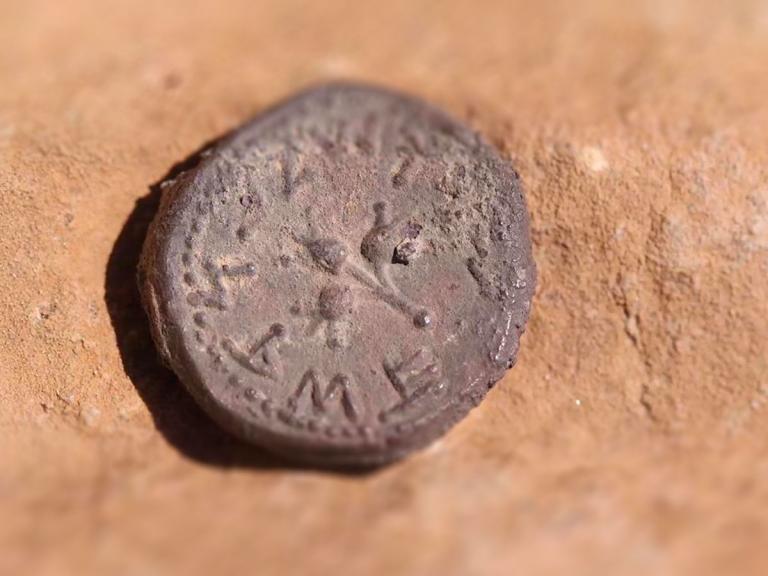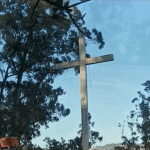
The Israel Antiquities Authority (IAA) recently revealed the discovery of a rare 2,000-year-old silver half-shekel minted by Jewish rebels during Roman rule. The coin dates to around 66/67 AD, during the time that the Second Temple was destroyed by the Romans in Jerusalem. The event was foretold by Jesus in Mark 13:1-2. The coin was discovered during the Judean Desert Survey Project, a six-year endeavor headed by the Israel Antiquities Authority, the Ministry of Heritage, and the Staff Officer of the Civil Administration Archaeology Unit in Judea. The project’s purpose is to obtain as many archaeological finds before they are taken by looters. Amir Ganor, the director of the Judean Desert Survey and Excavation Project, shared, “Over the six years of the project, we have recorded over 800 caves and have found thousands of significant finds. Were it not for the survey, the coin may have been found by antiquity looters and sold on the antiquity market for the highest price offered.” The coin was located near a cliff in a wadi near Ein Gedi outside of an entrance of one of the multiple caves in the area. The IAA theorized that “One explanation for this find is that the Jerusalem-minted coin fell from the pocket of a rebel who escaped to the desert during the revolt – perhaps on his way to nearby En Gedi.”
The coin dates back to a chaotic time in Israel’s history as Jewish rebels began to print their own silver coins as part of a “Jewish revolt economy” against the ruling Romans. The coin has the words “The Holy Jerusalem” in ancient Hebrew script, as opposed to the Greek that was commonly spoken at the time. There are also three pomegranates with the script, a common Jewish symbol. On the other side, a chalice is present along with the letter Aleph, making the coin current during the first year of revolt. The imagery is in line with Torah prohibitions against the use of images of people or animals.
The IAA’s numismatic scholar, Yaniv David Levy, noted that the use of the coins was a symbol of the Hebrews’ resistance. “During the Second Temple period, Jewish pilgrims used to pay a Temple tax in half-shekel coins. For about two centuries, Tyrian-minted coins, made of fine silver and a status symbol in the region, were used for this contribution. In the course of the revolt, the rebels minted alternative coins inscribed with ‘shekel Israel,’ ‘half-shekel,’ and ‘quarter-shekel.’ It seems that the rituals in the Temple continued during the revolt, and these coins were now used by the rebels.” Speaking to Fox News, Ze’ev Orenstein, director of international affairs for the City of David Foundation in Jerusalem, said the discovery is another reminder of the Hebrew people’s longstanding connection to the land of Israel. “This discovery highlights once again the undeniable connection of the Jewish people with Jerusalem dating back thousands of years, not simply as a matter of faith, but as a matter of fact,” he said.


